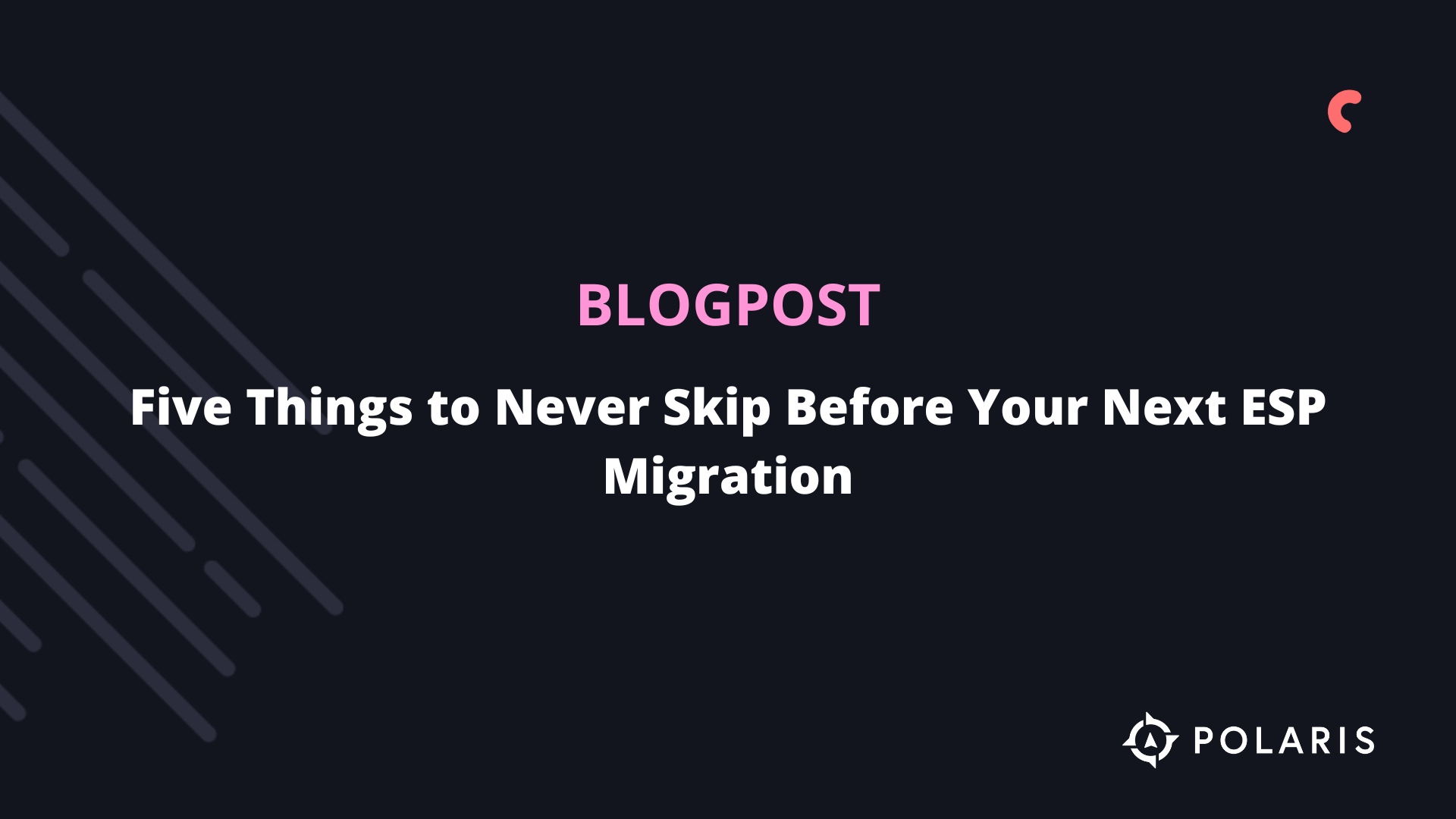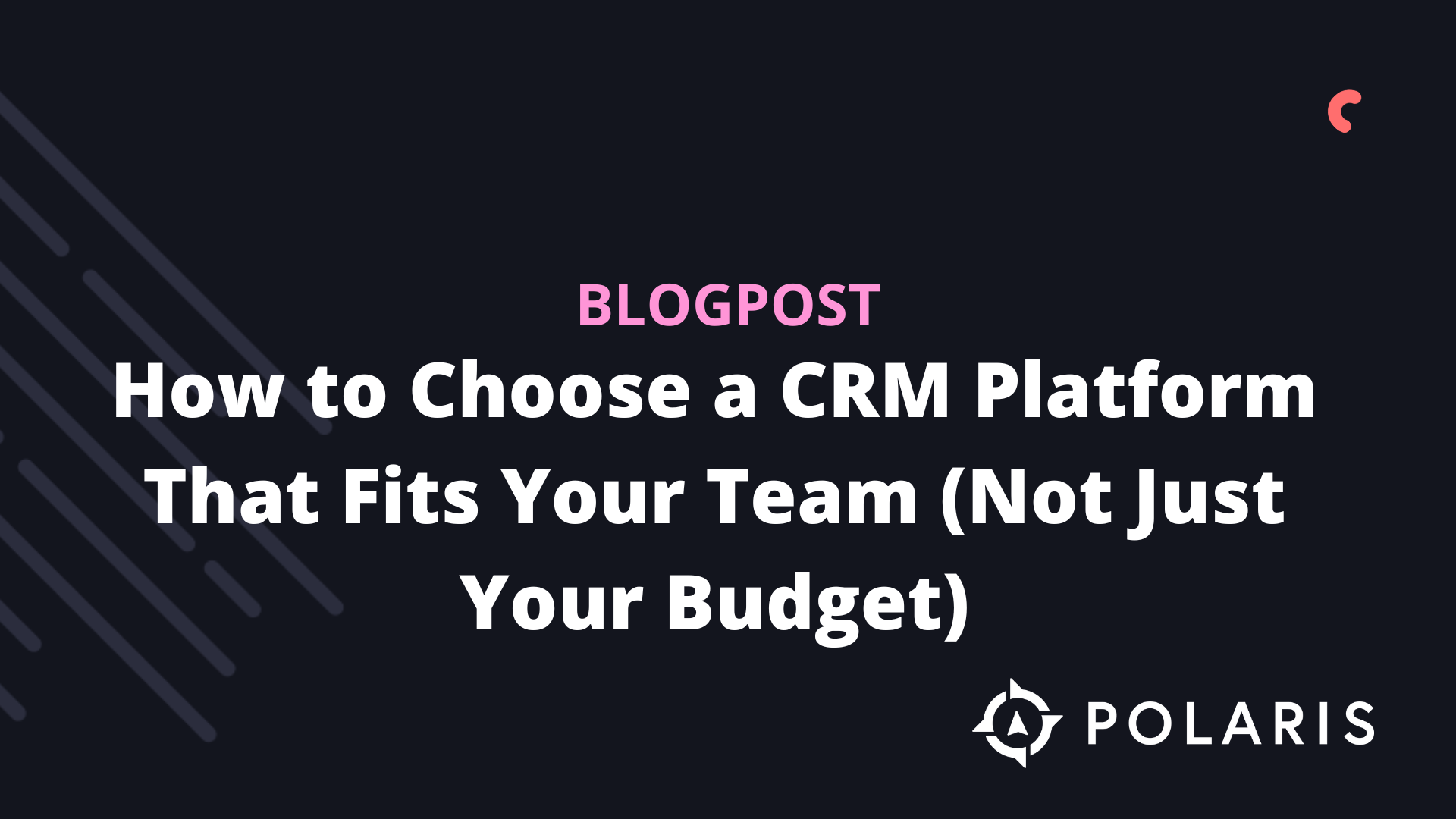Interview with Bob Rockland from Shopify Agency CODE



Who are you and what do you do?
My name is Bob Rockland, and 15 years ago, together with Wouter Monkhorst, I founded CODE. We are the first official Shopify Plus partner in the European Union. When we started CODE, we primarily built complex websites using our own CMS. Back then, WordPress and Shopify didn’t exist. Around 2009, we shifted our focus to open-source systems, partly because the government encouraged this at the time.
About four years ago, we came into contact with Shopify. We found it to be a great platform to work with. As we started getting a few large clients who transitioned to Shopify, we decided to become a dedicated Shopify agency.
Shopify might not be the best software, but it fits our way of coding. It’s like a carpenter and his tools working well together. I believe that’s what you need to achieve successful results. We saw an opportunity to go 100% Shopify, and we seized it. It took us a year to make this transition. During that period, we said goodbye to our website clients. By referring these clients to other agencies, all parties were satisfied.
What are your growth goals for 2020?
We want to continue growing steadily. We currently have around 30 people and want to organically grow to what we call a “class size.” We select clients based on their passion for their products. We believe that you need to have a spark in your eye when talking about your own product. For example, we don’t work with companies that do drop shipping via AliExpress. You need to be in love with your product and be able to talk about it enthusiastically. If that’s the case, then there’s a good match with CODE.
What are your biggest challenges in growth?
Our biggest challenge is finding good developers. Everything we do is in-house; we don’t work with outsourcing. There are too few developers in the Netherlands for the number of tech companies. Now with COVID, we see online booming even more. Many of our clients are achieving record revenues; anything related to hobbies and DIY is flying off the shelves. Bicycles, sports equipment, crafting supplies, etc. The challenge is really finding good people so we can expand our teams and take on more new clients.
Can you tell us how your funnels are set up? Or how your marketing is organized?
To stay visible, we mainly publish blog articles and case studies on our website. We then share this content through LinkedIn and Facebook. Additionally, we have a newsletter with tips for online stores, where we also highlight our clients.
Do you notice existing channels becoming saturated? Are there opportunities in new marketing channels?
We’re not experiencing saturation because it’s busier than ever on the platforms. LinkedIn and the newsletter are our most important channels. We’re working on a plan to explore new channels, supported by a marketing specialist. We’re looking to create more regularity in our communications and blog posts. We’re also planning to create videos with specific tips that our (future) clients can really benefit from. In the e-commerce world, the tips are endless, and it’s a great way to establish your company’s authority.
What new trends do you see, and do you want to get involved with them? Where do you see opportunities for e-commerce in 2020?
We see huge opportunities in B2B stores. This market is not yet mature. The stores don’t look nearly as polished as B2C stores, and that’s a missed opportunity. Often, they are merely functional stores that don’t always look their best. There is a tendency to forget that there’s also a human on the other side of the screen, making decisions about colors, quantities, and styles. So why not try to upsell to a B2B customer? The same mechanisms apply here.
How do you handle competition?
Very relaxed. It’s a friendly, “everybody knows everybody” world, and we even refer clients to other agencies if we feel they’re a better fit. We keep our focus very much on ourselves.
Of course, we always keep a close eye on developments in the e-commerce landscape and monitor companies like Bol and Coolblue. These are, after all, the success stories that set the bar high. Watching them keeps us sharp and can be inspiring.
How big is your team, and how do you manage your team?
Wouter and I are the founders, and our team currently consists of 30 people. We have an operations manager who manages our people. It’s a very flat organization, so there’s a lot of contact with everyone. We work in teams of 5 to 6 people, and for each Shopify project, we look at which team best suits that specific project.
We have project managers as heads of each team, along with a senior developer. The rest of our team consists of mid-level developers. People working at CODE always have at least 3 years of work experience.
What tools do you use?
We work with Jira, Harvest, Google Hangouts, and Slack. Slack is used for all communication. We also have a lot of Google Hangouts. Each day, we do our stand-ups and end-of-day check-outs per team on Google Hangouts. It works great. Harvest is used for time tracking, and Jira for project management.
To what extent do you use data?
For our clients, of course, we use a lot of data, like Shopify analytics and Google analytics. Internally, we also use data. We’re ‘nerds’ who want to see everything in numbers.
For this, we use Google Data Studio (as a dashboard), which helps us with a bit of control and is a perfect tool for making data-driven decisions.
%20(1).png)





